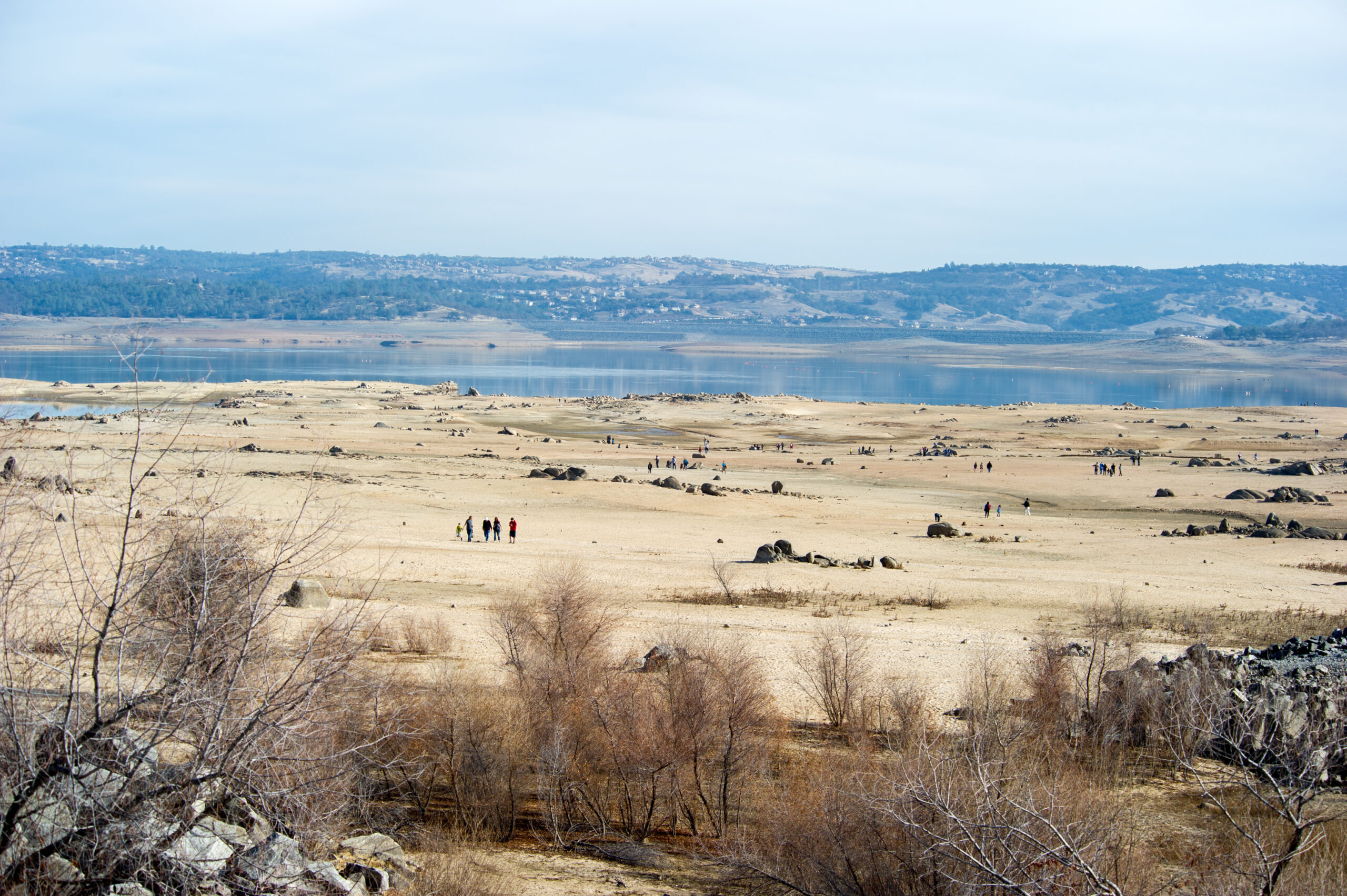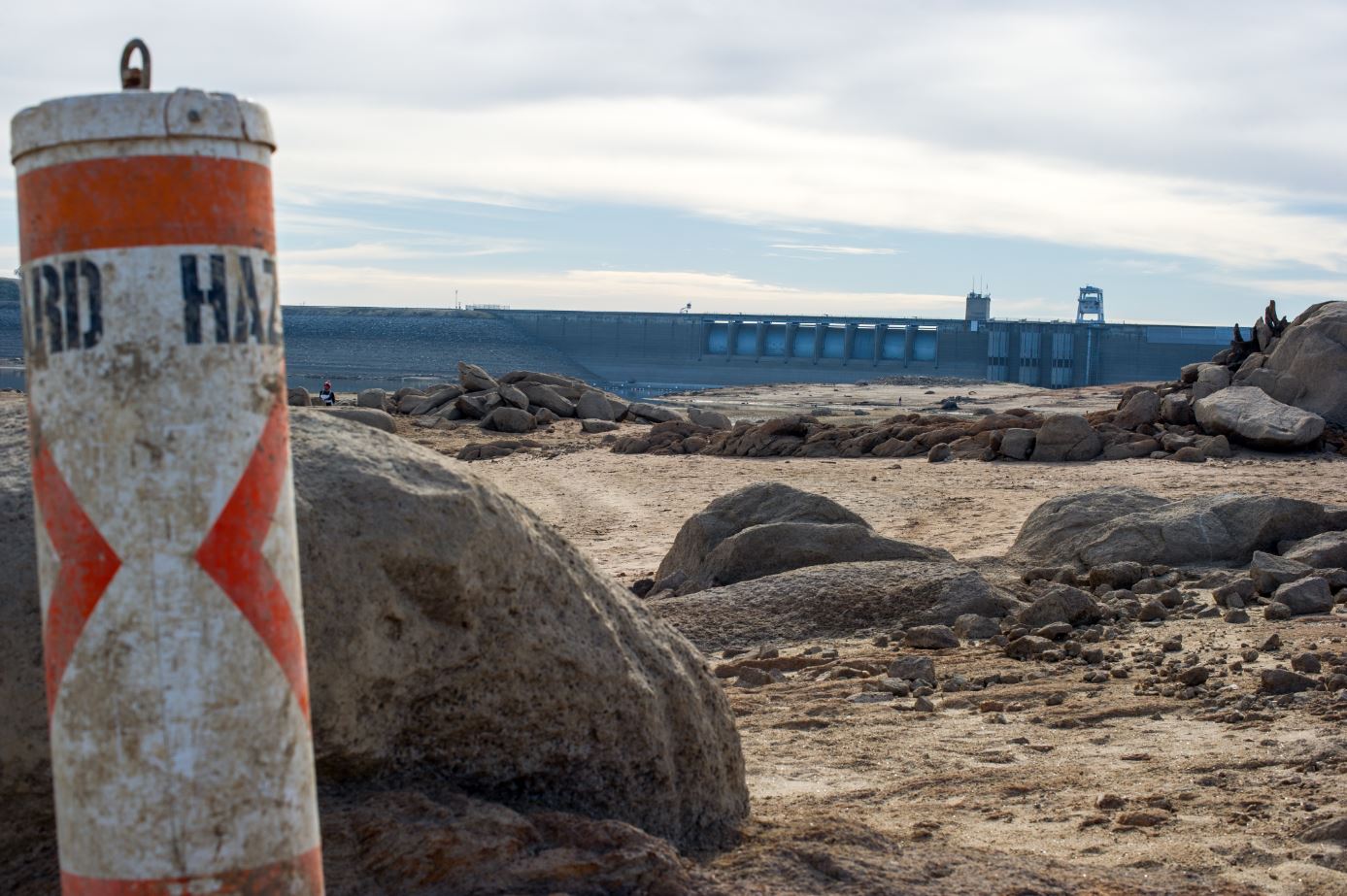
During drought periods, the ability to achieve the Water Forum’s desired outcomes is based on many factors—some are within the Water Forum’s control, but many rely on actions by our partners – state and federal agencies such as the U.S. Bureau of Reclamation, National Marine Fisheries Service, California Department of Fish and Wildlife and the State Water Resources Control Board.
As a result of extensive technical analysis, the Water Forum is able to provide expert advice and guidance to state and federal agencies to support decision-making. Lower American River environmental conditions are complex, but based on best-available science, we can predict with a high level of certainty whether management actions will result in positive (or negative) effects on the ecosystem and water supply.
Some of the Water Forum’s drought actions include:
Communicating the Need for Water Conservation: While conservation is not the only action the region can take to address the drought’s impacts, it is an important measure for reducing pressure on water supplies and communicating to the region’s residents that conditions are dire. Conservation progress for water suppliers throughout the state is tracked and published monthly by the State Water Resources Control Board. Current data can be found here.
Working with water providers to sustainably shift to using more groundwater and encourage water efficiency from customers. While Reclamation largely controls the Folsom storage – there are actions that the agencies can take to reduce pressure on Folsom – beyond conservation. Local water providers can take actions, consistent with the Sacramento Water Forum Agreement, to reduce surface water diversions from the American River by shifting diversions from the lower American River to the Sacramento River, and/or by shifting from using surface water to groundwater as a supply source as part of the region’s plan for sustainability.
Working with Reclamation and other state and federal partners, to maintain adequate storage in Folsom Reservoir to support the health of the river and water supply reliability. Folsom Reservoir provides water supplies to over 1 million people in the Sacramento region. Approximately 500,000 people rely on Folsom Reservoir for their sole supply of water. In addition, releases from the reservoir provide nearly all the flows in the Lower American River. Low storage levels in Folsom Reservoir mean environmental, personal, and economic hardship for the Sacramento region.
Improving Projections for American River Real-Time Management: Flows in the Lower American consist primarily of releases from Folsom Reservoir, and adequate flows are vital to continued survival of important aquatic species such as Central Valley Steelhead and fall-run Chinook Salmon. Minimum Release Requirements (MRRs) at Folsom Reservoir are one of the foundations of the Water Forum’s Modified Flow Management Standard and are inextricably linked to Folsom Reservoir storage and American River water temperatures.
Managing American River Water Temperatures: High temperatures over summer can have many effects, including but not limited to, causing disease or death in juvenile steelhead trout before they can emigrate, acting as a barrier to adult Chinook immigrating into the river to spawn, and killing Chinook in the river before they have a chance to spawn (known as pre-spawn mortality). After spawning, managers must maintain appropriate flow and temperature so that eggs laid in redds don’t become too warm, dewatered, or suffer poor water quality before hatching.
Managing for appropriate water temperatures, within our highly altered system, is a complex exercise. The Water Forum’s Modified Flow Management Standard strives to maintain lower American River temperatures as close to optimal as possible given the year’s hydrologic conditions. Learn more in Flows and Operations.
Monitoring Conditions and Health of Salmonids: Beginning in March, CDFW conducts seasonal fish surveys at numerous sites, between one and three times per month. To supplement ongoing data collection along the LAR, Water Forum consultants conduct multiple surveys to help determine whether fish are present and where they are located. These may include:
- An environmental DNA (eDNA) study that looks for mitochondrial DNA that naturally sloughs off fish in the river.
- Underwater video transect surveys will supplement eDNA collection to look for individuals.
- Temperature refugia surveys will help assess how temperatures vary within the river and whether there are pockets or stretches of river that are more suitable because they offer colder water.
Learn more in Science and Monitoring.
You can help!
Water efficiency is important no matter the weather and especially important during drought. Please be vigilant about using water efficiently and stopping water waste, especially outdoors where most household water use occurs. Learn how and find information about rebates at BeWaterSmart.info.
Learn More:
- NEWS: Folsom Reservoir Power Bypass Underway (10/26/22)
- BLOG: Happy New (Water) Year! Reflecting on the wild ride that was 2021-22…and what’s to come (9/29/22)
- BLOG: Will There be a Miracle March? (3/3/22)
- BLOG: Weather Whiplash Brings Challenges to the American River this Winter (2/7/22)
- BLOG: Surviving the Summer: Monitoring conditions for salmonids on the Lower American River (12/7/21)
- FAQ: Fisheries and Health of the Lower American River: A Lookback at Summer 2021 (December 2021)
- BLOG: Prepare for the Worst, Hope for the Best (9/27/21)
- BLOG: Drought Report Offers Sobering Assessment and Call to Action (9/20/21)
- BLOG: When Snow Disappears Without a Trace (9/2/21)
- NEWS RELEASE: Sacramento-Area Environmental, Water, Business Interests Urge Conservation Amid Dire Statewide Drought (8/27/21)
- WATER FORUM RESOLUTION on Drought Actions (8/26/21)
- BLOG: Making the Best of the Poor Conditions in this Critically Dry Year (7/23/21)
Resources:
Habitat Management and Monitoring
Water Efficiency
- Be Water Smart: The Sacramento region’s water efficiency program with information about water-wise rebates and tips

